5 New Design Careers and Top 10 Skills
Tim Brown is the CEO and president of IDEO. He has written a post that seems like the perfect follow up from my previous post on how to get a job as a service designer. Tim has shared five new design careers for the 21st century and he encourages us to ask ourselves How might I apply my unique talents to design challenges? and what other unlikely skill sets do you think could advance design innovation?
"Fancy a career in design? When I made that choice 30 years ago, the options were limited. You either got an engineering degree and then went to design school, or you went to art school and studied graphic design, architecture, or industrial design, like I did.Today, things are very different. Thanks to the still-booming Silicon Valley, interaction and user-experience designers have been added to the mix, but those aren’t the only opportunities for design thinkers. Even graduates of non-traditional programs can embark on exciting design careers. To wit, here are five disciplines that didn’t even exist at IDEO a few years ago.
The Designer Coder
Prototyping has always been a critical part of design, but in today’s online, app-based economy, the preferred prototyping medium is increasingly code. Designers who can also code possess a powerful set of tools. There are thousands of positions open to those who have the skills to conceive new ideas and the ability to launch them quickly into market.
The Design Entrepreneur
Combining entrepreneurialism and design is the hot thing in Silicon Valley these days. Every start-up worth its salt has a designer on its founding team. Venture capital firms are including designers in their inner circles, too. More importantly, many of the fastest-growing companies are succeeding because they’ve designed a highly appealing product or service. Just look at Uber or Airbnb. If you have the design skills to craft the right product—and the entrepreneurial grit to see things through—there’s never been a better time to be a design entrepreneur.
The Hybrid Design Researcher
Once upon a time, design researchers came from backgrounds in anthropology, ethnography, or psychology. Deep qualitative research was the secret to discovering unmet needs. While it’s still a successful design-research strategy, these more traditional methods are now being combined with real-time data to reveal user behavior. Knowing how to tap into technology to uncover how individuals and groups really think and act is an essential part of innovation. If you love people and love crunching data, this might be the design career for you.
The Business Designer
Business design may seem like a contradiction if you think about business purely from an operational lens. If you’re a business designer, however, you’re not just looking for innovation from an end product or service. You’re looking at the business model, channel strategy, marketing, supply chain, and a million other things. In truly disruptive innovations, all aspects of the business are up for grabs. Think about the early days of Google. Search innovation was what we experienced as users, but it was by attaching search results to advertising—a business model innovation—that made the company billions. If you have a passion for operations and a desire to flex your creative muscles to create new business systems, then becoming a business designer is the way to go.
The Social Innovator
Creating maximum positive impact on the planet has been my main motivation as a designer. Today, many of those problems—poverty alleviation, access to clean water, financial inclusion, health services for the poor, livable cities, and many more—are in the social sector. Until recently, the only way designers could contribute to these issues was to do small, pro-bono projects or to do research stints within academia. But now, large organization such as the Bill and Melinda Gates Foundation, the Rockefeller Foundation, the Hewlett Foundation, and others, have enthusiastically embraced design thinking. At the same time, non-profit design companies like D-Rev, Design that Matters, our own IDEO.org, and others are collaborating with social entrepreneurs and NGOs to bring exciting new innovations to those most in need. For perhaps the first time in the history of design, it’s possible to make a career designing for the social sector.
These are just a handful of exciting new design careers I’ve witnessed as of late. Given the urgent, complex challenges our world faces, expect more. Better yet, if you’re a young graduate or looking to change careers, ask yourself:
How might I apply my unique talents to design challenges?
Who knows, maybe next year, I might be writing about you.
What other unlikely skill sets do you think could advance design innovation?
And how do these connect to the 10 most important work skills in 2020 ... ( via Indy Johar )
 Source: Top10OnlineColleges.org
Source: Top10OnlineColleges.org
